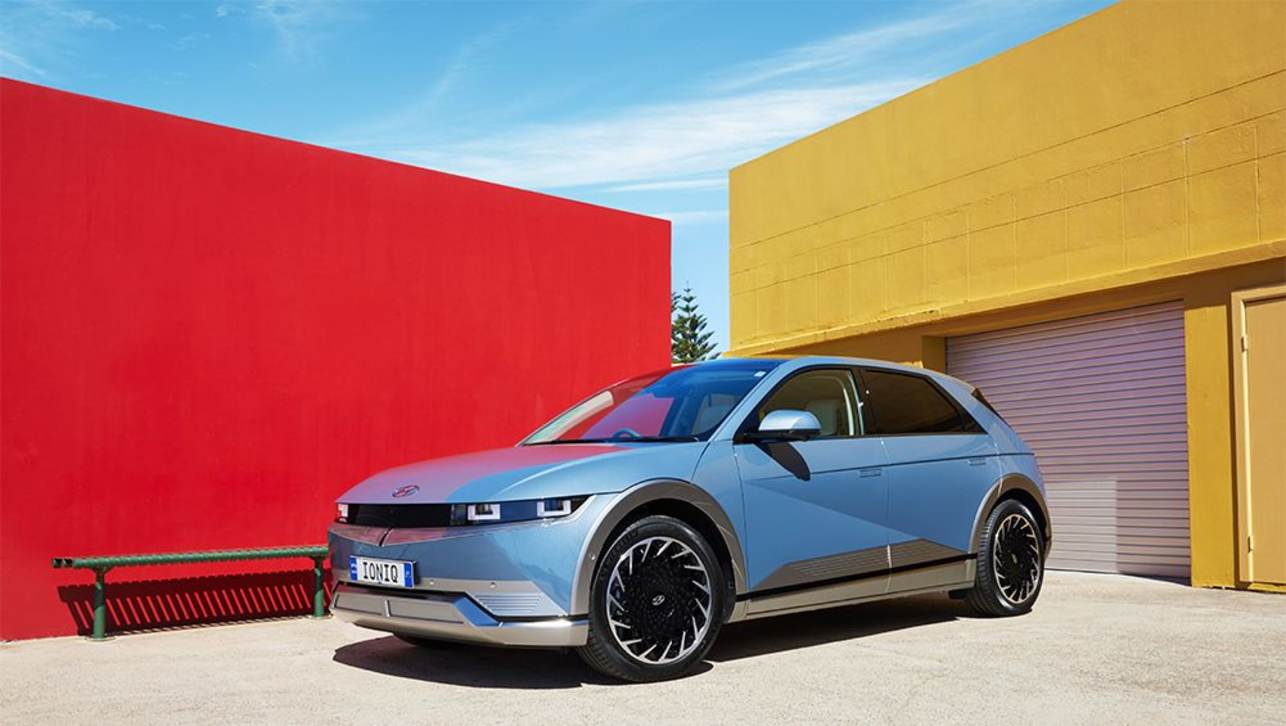“A house divided against itself, cannot stand.”
It’s not often we quote Abraham Lincoln at CarsGuide, but it’s an appropriate sentiment for the current state of the Australian car industry. The Federal Government’s announcement of a new National Vehicle Efficiency Standard has caused a rift in the local industry, as I’m sure it has amongst even you, our dear readers.
As soon as the government announced the plan publicly, the peak body, the Federal Chamber of Automotive Industries (FCAI), came out aggressively against it. This was despite plans for emissions standards being discussed behind-the-scenes (and not so-behind-the-scenes) for years.
As I wrote then, it was a very deliberate ‘fear campaign’ from the FCAI and its biggest members to try and get the government immediately on the back foot in the negotiation process, which will only run until March. There was no time for subtle diplomacy, it was, in the eyes of the FCAI decision makers, time to hit out hard.
However, only days after that, Hyundai became the first brand to openly support the initiative, issuing a statement welcoming NVES.
“We see this as an intriguing challenge, and we look forward to responding to the government’s call for feedback,” said Hyundai Australia Chief Operating Officer, John Kett in the press release
“We think we will soon have a world-class Efficiency Standard in Australia and we’re excited by that."
This is in direct contrast to the FCAI’s official position and speaks to the underlying issues that NVES presents - some brands are better prepared than others. The FCAI is currently chaired by Mazda Australia Managing Director, Vinesh Bhindi, with Toyota’s CEO Matthew Callachor as Deputy Chairperson.
What does Hyundai have that Mazda and Toyota don’t? That would be multiple electric vehicles, which will be crucial to offset the higher emissions produced by petrol and diesel models under the government’s proposal to set an average fleet emissions standard for each brand.

Mazda has already dropped its electric MX-30 and has not confirmed plans for a replacement yet, while Toyota is only just launching its first EV - the bZ4X - in February.
It’s a simplistic argument, but when you boil it down, the car industry is likely to be divided into ‘haves’ and ‘have nots’ when it comes to electric vehicles, which will be crucial to achieve the goal of NVES.
Until March, the FCAI and other parties will be able to lobby the government on its multi-option proposal. Option A is arguably the most lenient with a range of credits for selling EV and delays any potential fines for failing to make the cut, while Option B sets clear emissions targets and is favoured by the government.
Which explains why FCAI CEO, Tony Weber, was let off the leash (so to speak) by the board to make some very negative claims around the government’s proposal. Because Australia has been so far behind the rest of the world on emissions, it’s simply going to be very difficult to suddenly catch-up and that will leave many FCAI members in a hard position.
“So that's the difficulty,” said Kett, in an interview with CarsGuide. “When Option B is presented, I think from a pure lobbyist perspective, and I don't want to put words in Tony's mouth, that's his perspective. He needs to make sure that clearly, at first blush Option B presents the challenges to his members, then he has to go back to his members and talk about what are the implications of Option B, and we've thought about it.

“So whether those comments are seen to be negative or not, they need to become more constructive around, okay, we're now willing to talk about that. Let's talk about our data, what we do have, what we do know, what we think those issues really are. And then the brands, from my perspective, not from the FCAI's perspective, the brands then need to go into that heavy-lifting mode and speak to the government about why these certain conditions are required, yeah?
“So, yeah, I can I can agree that maybe [the FCAI] appeared too hard and too aggressive, but they were trying to make a point and they are trying to then work from that point and be very constructive around what those next steps look like because we only have until March the 4th to respond.”
Whatever is decided by early March, it will have a huge impact on the car industry. If Option B is adopted with some minor concessions from Option A, specifically the so-called ‘supercredits’ and delays on punishment for failing to reach the target, it will be hard for the industry to argue against it. But that doesn’t mean it will be easy for many brands, including leading ones like Toyota and Mazda, to rapidly alter the showroom line-ups to meet the standard.
It could mean a rush of EVs and hybrids, which would likely mean higher prices at a time when car prices are rapidly rising. Which is not an ideal scenario for people looking to buy a new car.
However, there will be brands like Hyundai, Kia, BMW and others with a diverse line-up of technologies in their range that will be able to adapt quicker and that could hand them a competitive advantage by the end of the decade.



.jpg)



.jpg)


.jpg)


.jpg)

.jpg)



.jpg)

.jpg)
.jpg)


.jpg)
_0.jpg)


.jpg)
.jpg)
Comments